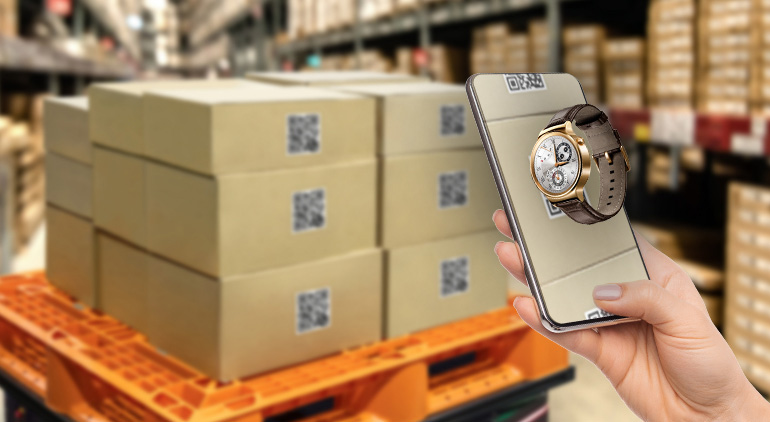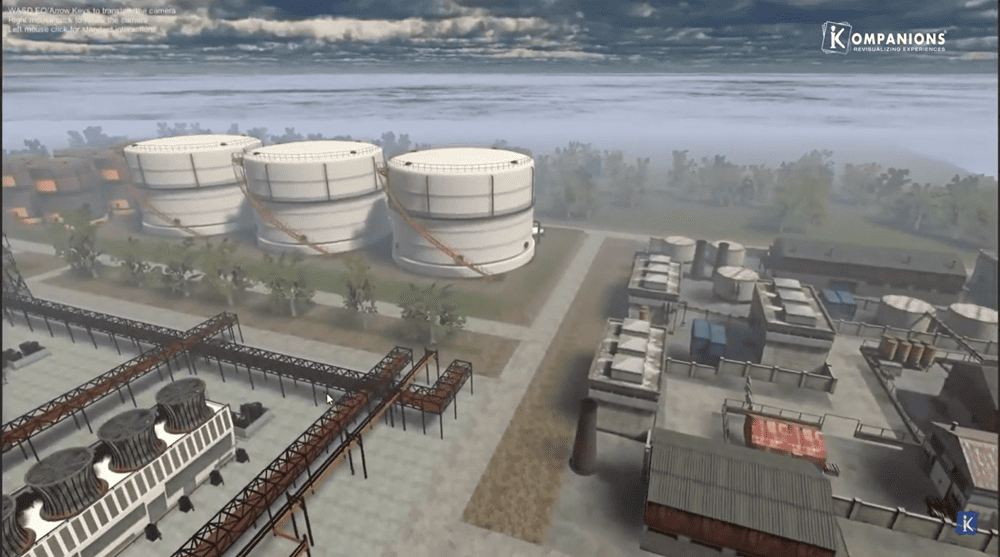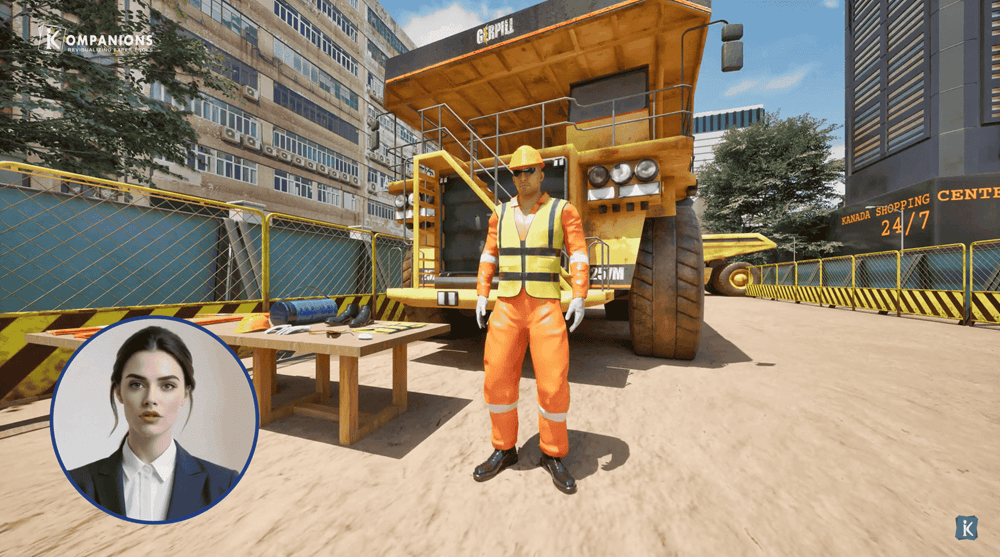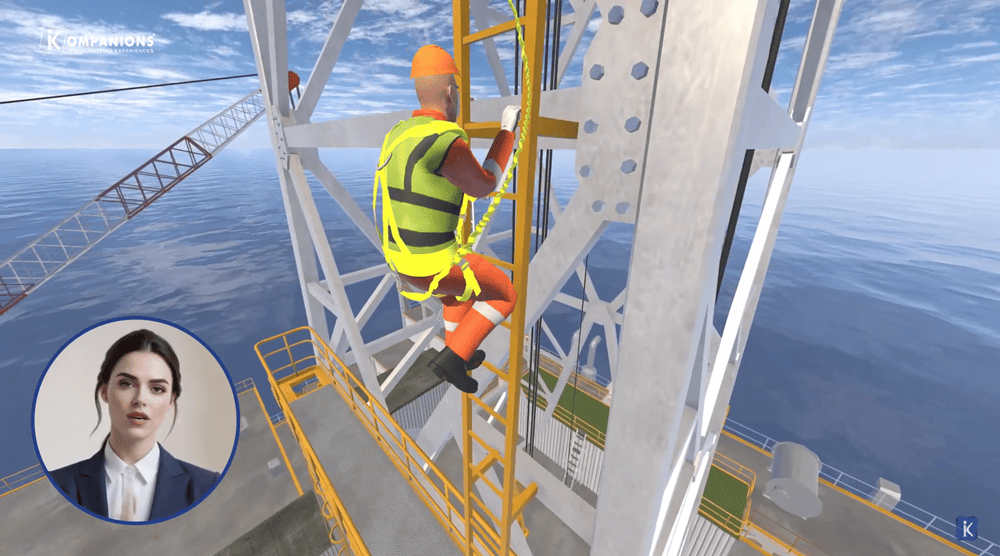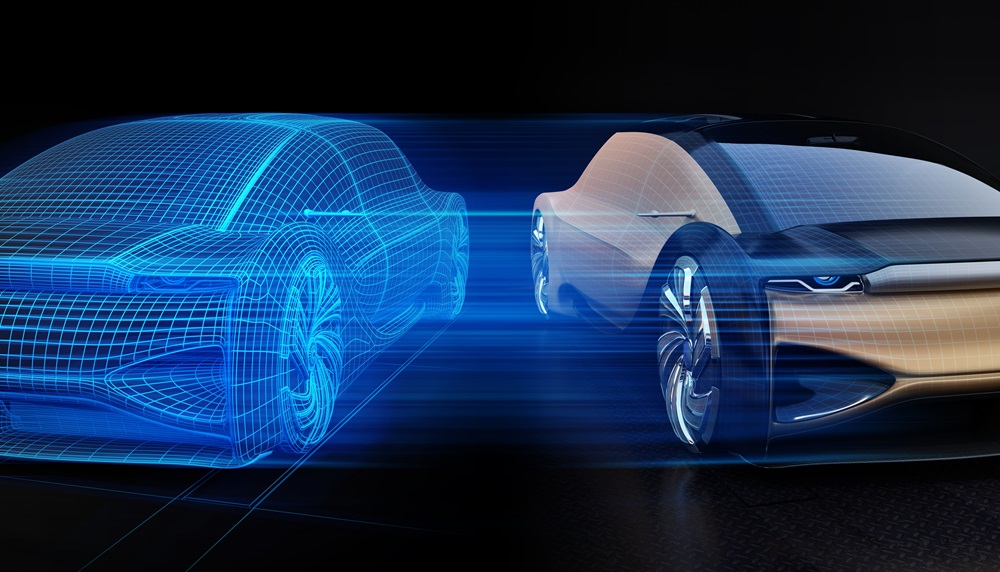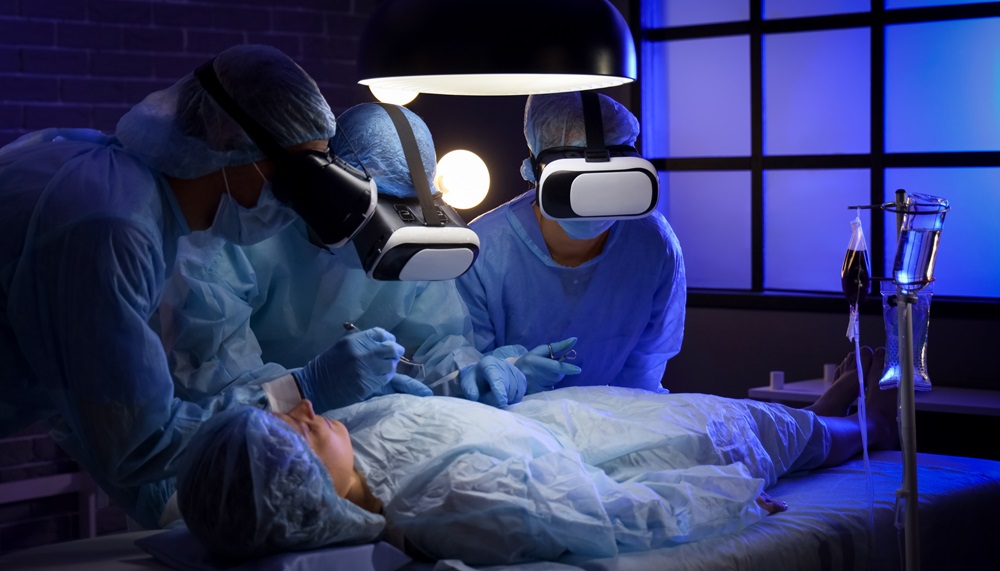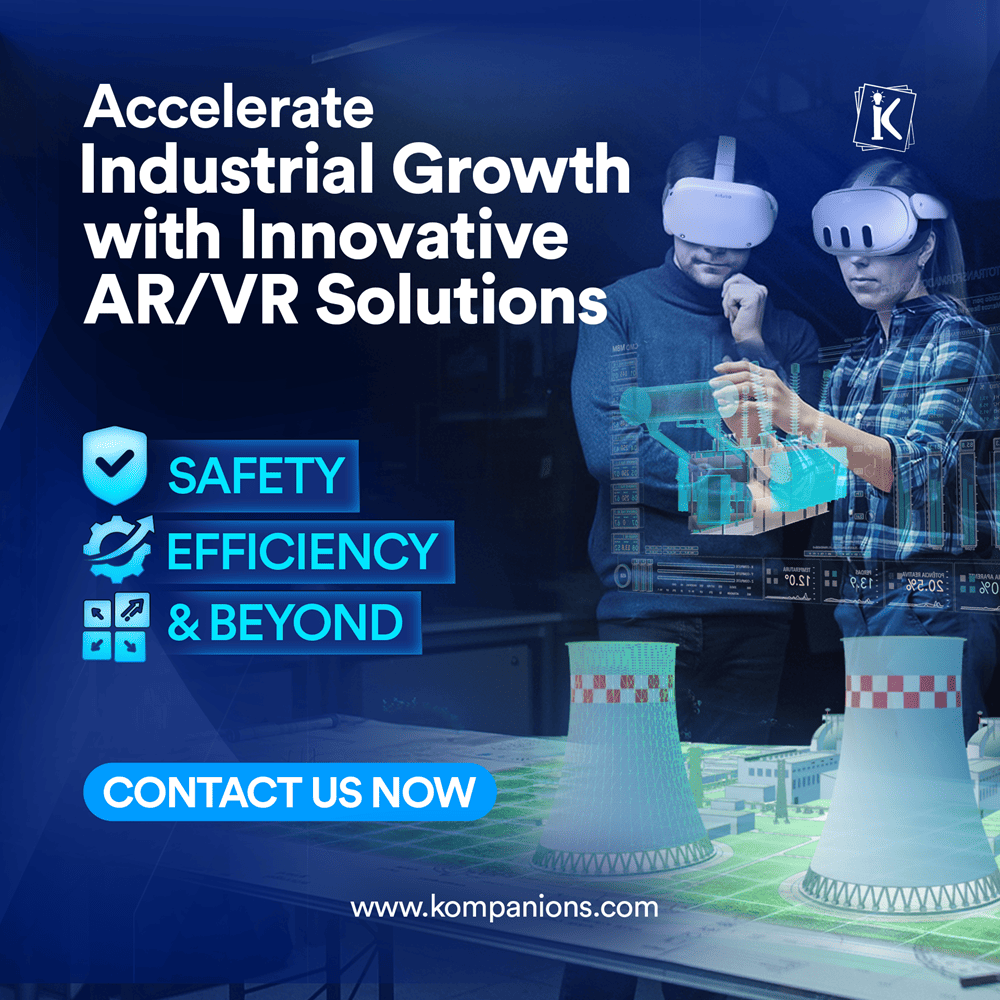Augmented Reality QR Codes - Benefits and Use Cases
An Augmented Reality QR code is a “quick response" code with an AR marker. It redirects the user to the AR mobile or web app and enhances the product service offering by creating a 3D interactive link to the real world.
QR codes are the “triggers” to launch AR experiences, also known as Web AR, and usually redirect the user to a call to action or a landing page.
Web AR is fast becoming a popular marketing tool and augments brand recognition.
Moreover, there is no additional need to invest in expensive apps, have a faster production time, and provide a seamless UX by the simple act of just scanning an AR code.
The issues with QR codes as listed below are quickly resolved with AR:
- QR codes lack in the visual appeal factor
- QR codes lead to URL links that open restricted content in a separate browser.
- QR codes are inflexible; any change in URL implies a new QR code and overhaul of your collaterals if it's printed on them.
- QR codes have limited data tracking abilities.
The Benefits of Augmented Reality QR Codes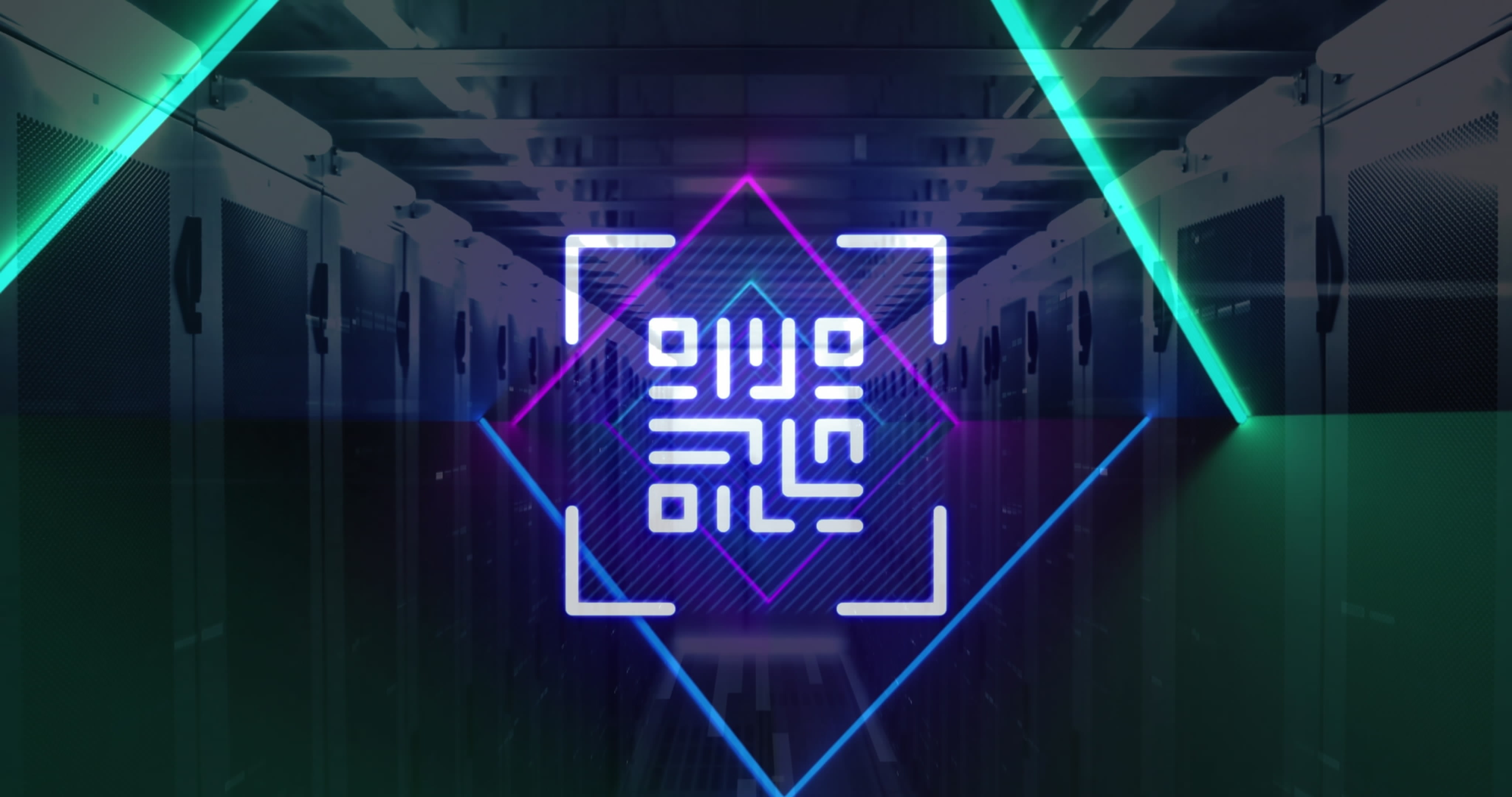
AR QR codes are transforming the way we interact with digital content, offering a seamless blend of the physical and virtual worlds. These innovative codes enable users to access immersive, 3D experiences with a simple scan, enhancing engagement and interactivity.Now, let's look into these specific benefits of AR-powered QR codes.
1. Creative and customizable for brand promotion
With an AR QR code combination, users can quickly scan to see product specifications or interact with a 3D product or video. Users get a magical experience simply by scanning a code.
The data modules of the code can be customized by adding brand colors and a logo. It makes it more attractive and appealing, thus inducing a user to check it out.
An amalgamation of creative and aesthetic 2D and 3D with many graphics and video styles can deliver a truly immersive experience.
2. Data analytics
The Augmented Reality QR Codes can be easily tracked and help with data analytics like the number of people who scanned, the locations of scanning, time of scans, etc.
These help companies get insights about the user and target audience and modify future campaigns better.
Related post: Benefits of Augmented Reality in Business
3. Connectivity and flexibility
The easy-to-scan codes can be shared across print and digital media with a phone. The linked content on the marker can be viewed across print and digital media, creating a cohesive experience.
Using augmented reality QR codes content can also be updated frequently, and being easily scannable is user-friendly.
4. Customer purchase journey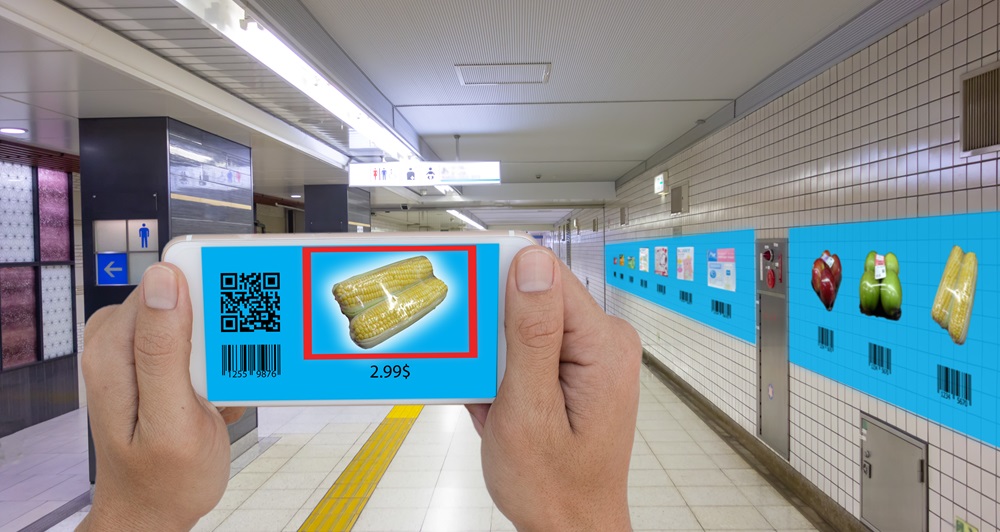
AR empowers brands with control over the customer's journey and purchase by funneling the customer to the culminating sales activity such as a landing page and initiating a call to action.A consultancy survey reported that 93% of its respondents want to buy experiences and not just products. AR and VR can offer brands the tools to provide experiential marketing.
Boost customer engagement with KOMPANIONS! Our immersive AR solutions, like 3D menus and interactive games, captivate guests and elevate your restaurant's branding.
Contact UsSectoral Use Cases of QR Codes in Augmented Reality
QR codes in Augmented Reality (AR) are unlocking new potential across various sectors, seamlessly integrating digital enhancements into everyday activities. These versatile codes enable industries such as retail, education, healthcare, and tourism to offer enriched, interactive experiences.
Now, let's explore the specific sectoral use cases of QR codes in augmented reality.
1. Infotainment
QR Codes with AR markers can make education insightful and fun by creating 3D visualizations. An AR-based QR code can be set up in textbooks or in charts that students can see to see a 3D rendering.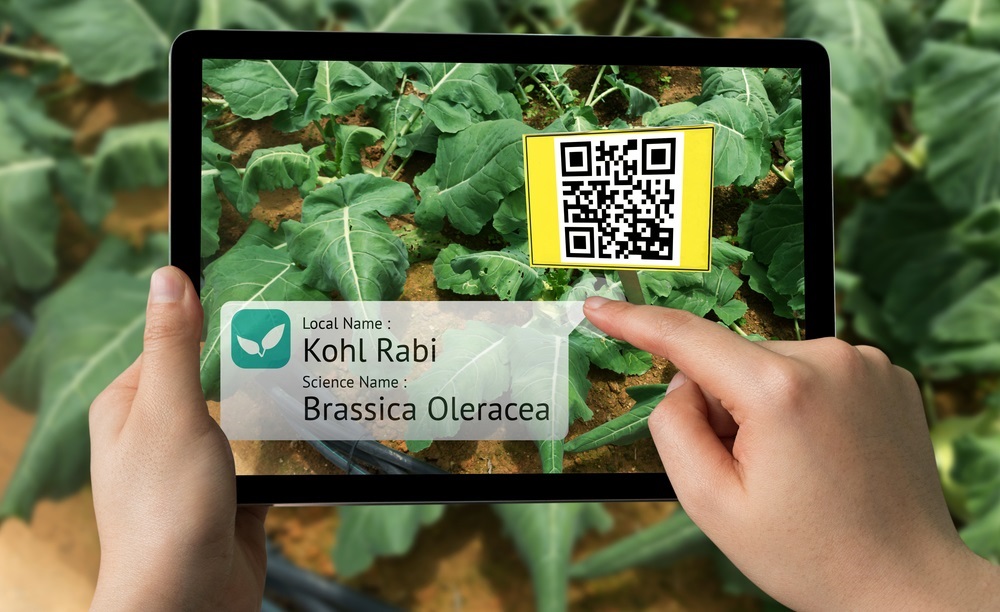 The codes can also be inserted into children's storybooks, bring their favorite characters to life, and help create meaningful connections between kids and books.
The codes can also be inserted into children's storybooks, bring their favorite characters to life, and help create meaningful connections between kids and books.
Related Post: Visual Interactive User Manuals for Consumer Products
2. Real estate
QR codes with AR markers can be sent via smartphones so prospective buyers can scan and see properties in 360 views without the need to travel.
AR VR in real estate can let potential buyers tour a property using smartphone augmented reality technology. It helps showcase the existing property to buyers.
3. Art studios and museums
Many items kept at art studios and museums are off-limits for close viewing and touching. Augmented Reality with QR codes can be kept beside artifacts which on scanning can allow the viewer to delve into an interactive AR experience giving many insights into the subject.
4. Tourism
AR in tourism helps travelers experience the places and provide opportunities for interaction.
Cities can have codes placed at cultural sites and bus and metro stops that allow visitors and residents to get information about the city and tourist spots on a 3D interactive platform, making the travel experience fun and informative.
5. Marketing campaigns
QR codes can enhance the user experience and allow brands to find innovative ways like quizzes or treasure hunts to engage with customers.
Customers connect and engage better with a brand based on the experience it offers, leading to higher loyalty.
AR Solution Providers
With India having a smartphone user base of over 760 mn, augmented Reality solutions can revolutionize the consumer experience.
AR-backed QR codes are perfect for executing interactive experiences or for users who need to visually represent the actual scale and dimension of a product in real time. It's easy to use, and creative configuration defines customer satisfaction.
We take pride in helping build brand experience and loyalty. We at KOMPANIONS work continuously to deploy our pioneering technology, innovative solutions, and unparalleled services in the most engaging ways.

